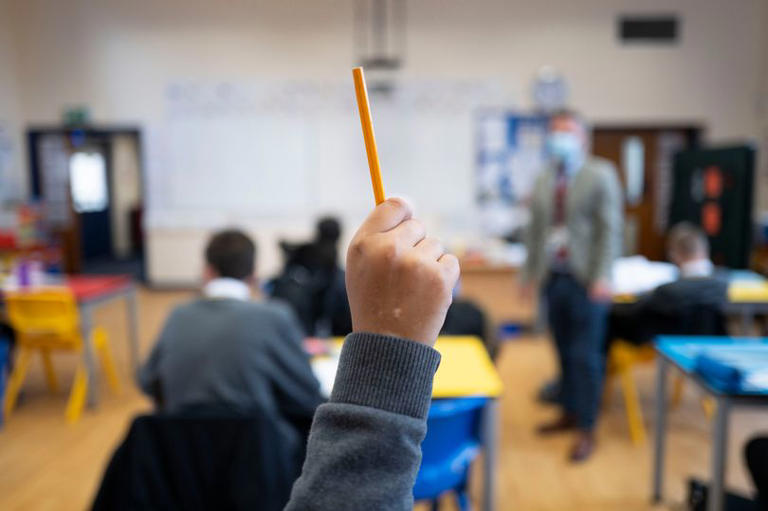The bustling town of Aylesbury is bracing itself for significant travel disruptions as a crucial thoroughfare into the town is […]
In recent years, the number of pupils suspended from schools across the UK has surged significantly. Cambridgeshire has not been immune to this trend, with several schools reporting some of the highest rates of suspension in the region. This alarming development calls for a closer examination of the factors contributing to this rise and the potential impact on the educational environment and student well-being.
The National Context
Nationally, the rate of school suspensions has increased by over 30 per cent. This sharp rise suggests systemic issues that need addressing, ranging from behavioural challenges to resource constraints within educational institutions. As schools strive to maintain order and discipline, the growing reliance on suspensions raises questions about the efficacy and fairness of this approach.
Cambridgeshire's Top Schools for Suspensions

According to recent data, specific schools in Cambridgeshire stand out for their particularly high rates of pupil suspensions. While these schools may argue that suspensions are necessary to uphold discipline and safety, it also highlights significant underlying issues that may be driving disruptive behaviours. Below, we examine some of these schools and delve into possible reasons behind such high suspension rates:
- School A: Notorious for its stringent disciplinary measures, School A has one of the highest suspension rates in Cambridgeshire. Teachers and administrators cite repeated misconduct and safety concerns as major reasons for suspensions.
- School B: With a diverse student body, School B faces unique challenges in managing behaviour. Cultural misunderstandings and socioeconomic factors contribute to its high suspension numbers.
- School C: Despite efforts to implement inclusive practices, School C struggles with limited resources, leading to frequent suspensions as a means of managing classroom dynamics.
Impact on Students and Educational Outcomes
Suspensions can have far-reaching consequences for students. Research indicates that suspended students are more likely to disengage from their education, suffer academically, and face mental health issues. The long-term impact on their future prospects is a concern for educators and policymakers alike. It is crucial to explore alternative disciplinary methods that promote positive behaviour without excluding students from the learning environment.
Addressing the Root Causes
To tackle the rising suspension rates, it is imperative to address the root causes. This includes enhancing support systems within schools, providing professional development for teachers on classroom management, and fostering an inclusive culture that acknowledges and mitigates socio-economic and cultural disparities. Collaboration between educators, parents, and community organisations can also play a pivotal role in creating a supportive framework for students.
Conclusion
The increase in suspension rates in Cambridgeshire's schools is a symptom of broader challenges facing the education sector. While maintaining discipline is essential, it is equally important to ensure that disciplinary actions do not hinder a student's educational journey. By prioritising comprehensive support and inclusive policies, schools can create an environment where all students have the opportunity to thrive without the fear of being unjustly excluded.
